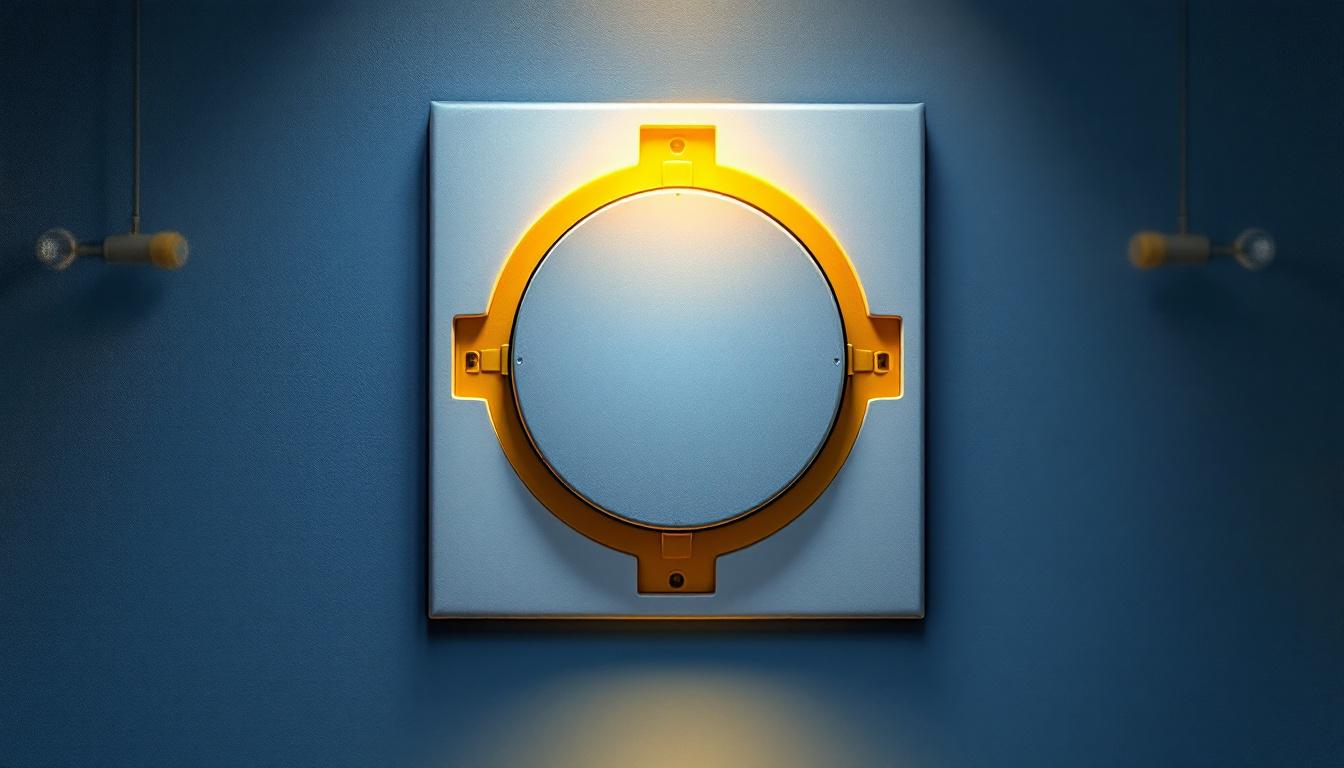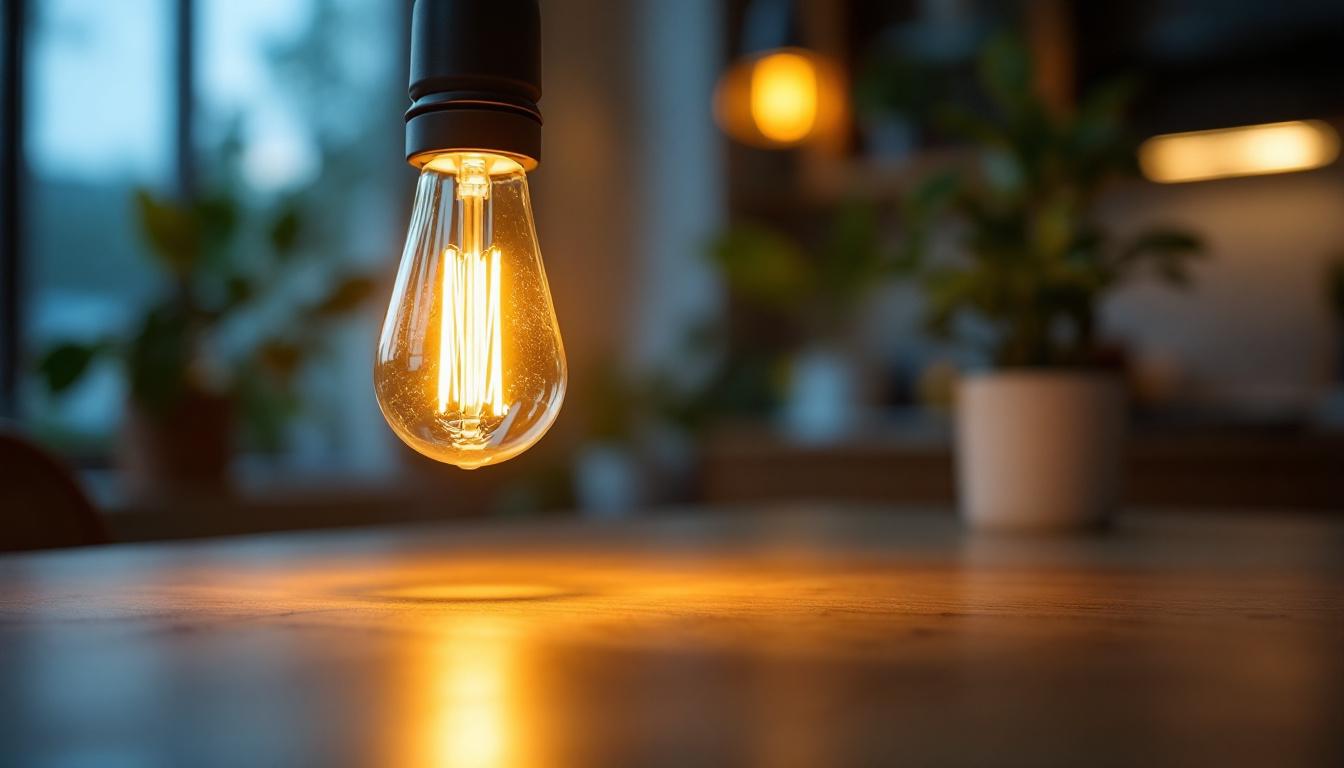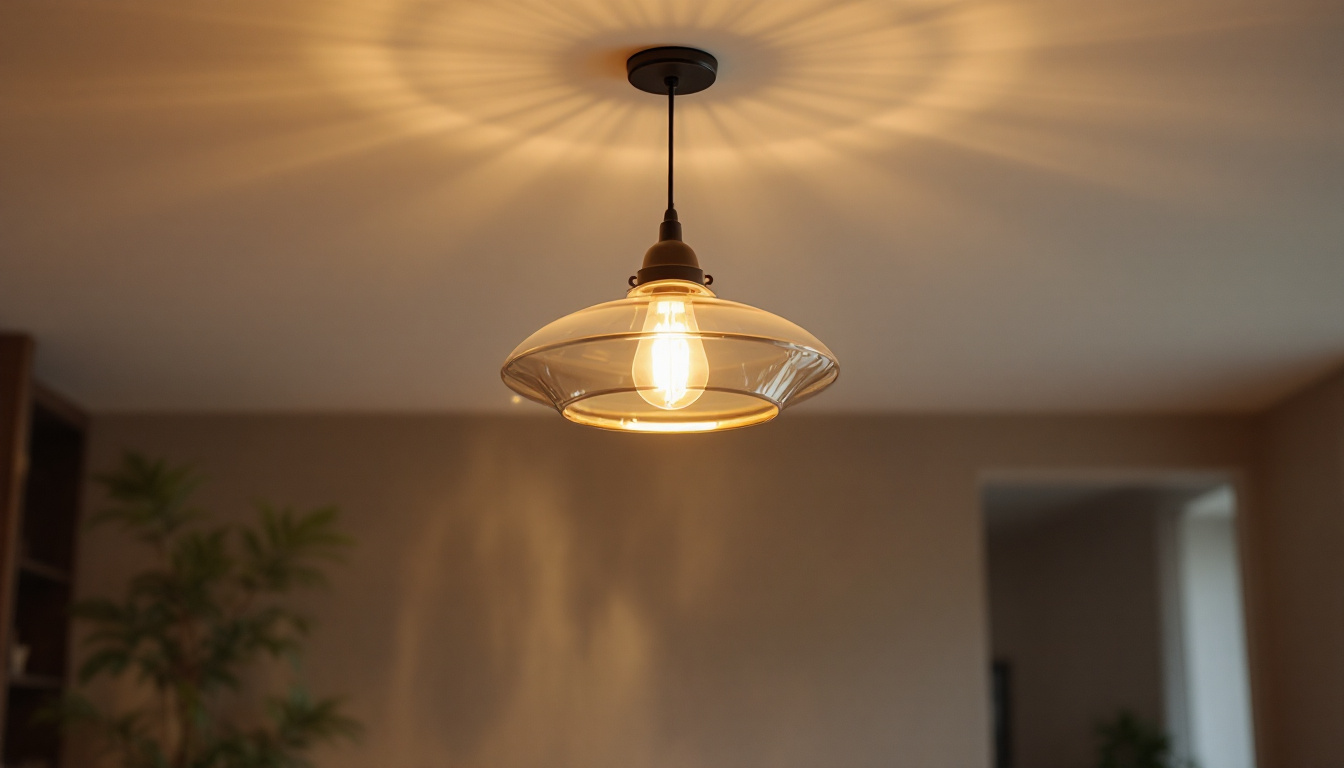
When it comes to lighting design, hallway wall light fixtures play a crucial role in both functionality and aesthetics. As a lighting contractor, understanding the nuances of these fixtures can significantly impact the quality of your installations and the satisfaction of your clients. This guide aims to provide insights into common pitfalls and best practices to ensure that your hallway lighting projects are successful.
Hallways are often overlooked in terms of lighting design, yet they serve as vital transitional spaces in any home or commercial building. Proper lighting not only enhances safety but also contributes to the overall ambiance of the environment. A well-lit hallway can make a space feel larger and more inviting, while poor lighting can lead to a sense of neglect.
One of the primary functions of hallway lighting is to ensure safety. Adequate illumination helps prevent accidents, particularly in areas where people may be moving quickly or in low visibility. Installing wall light fixtures at appropriate heights and distances can help create a well-lit path that guides occupants safely through the space. Additionally, utilizing motion-sensor lights can enhance safety further by providing illumination only when needed, reducing energy consumption while ensuring that the hallway remains lit for anyone passing through.
Beyond safety, hallway lighting fixtures can significantly enhance the aesthetic appeal of a space. They can serve as design elements that complement the overall decor, adding character and charm. Choosing the right style and finish can transform a mundane hallway into a visually appealing corridor that reflects the homeowner’s taste. For instance, pendant lights can create a dramatic effect in a high-ceilinged hallway, while recessed lighting can provide a sleek, modern look. Furthermore, incorporating dimmable options allows for flexibility in mood setting, making it easy to transition from a bright, energetic atmosphere during the day to a softer, more intimate glow in the evening.
In addition to enhancing safety and aesthetics, hallway lighting can also serve functional purposes. For example, strategically placed lights can highlight artwork or family photos along the walls, turning a simple passageway into a gallery that showcases personal memories and creativity. Furthermore, integrating smart lighting solutions can allow homeowners to control the ambiance and brightness through mobile applications or voice commands, making it easier to adapt the lighting to different occasions or times of day. This level of versatility not only adds convenience but also elevates the overall experience of navigating through the space.
Even experienced lighting contractors can encounter challenges when designing hallway lighting. Being aware of common pitfalls can help avoid mistakes that could compromise the effectiveness of the installation.
One of the most frequent issues is inadequate lighting levels. Hallways often require more light than one might initially assume. Relying solely on overhead fixtures can lead to dark spots and uneven illumination. It’s essential to assess the space and consider the use of wall sconces or additional fixtures to achieve balanced lighting throughout the hallway. In addition, the color temperature of the bulbs plays a critical role in how light is perceived. Warmer tones can create a welcoming atmosphere, while cooler tones may enhance visibility, making it easier to navigate the space safely, especially in homes with children or elderly residents.
Another common mistake is neglecting the scale and proportion of light fixtures. Wall sconces that are too small can get lost in larger hallways, while oversized fixtures can overwhelm a narrow space. It’s crucial to select fixtures that harmonize with the dimensions of the hallway to create a cohesive look. Moreover, the placement of these fixtures is equally important; they should be positioned at eye level to maximize their effectiveness and aesthetic appeal. A well-thought-out arrangement can also enhance architectural features, drawing attention to unique elements like artwork or decorative molding.
In today’s environmentally conscious world, energy efficiency is a significant consideration. Many contractors overlook the benefits of LED fixtures, which not only consume less energy but also have a longer lifespan. Incorporating energy-efficient options can save clients money in the long run and enhance the sustainability of the project. Furthermore, smart lighting systems that allow for dimming and scheduling can optimize energy use, adapting to the needs of the space throughout the day. This level of control not only contributes to lower utility bills but also enhances the overall user experience, allowing residents to tailor the ambiance of their hallways to suit various activities or moods.
With a myriad of options available, selecting the right wall light fixtures for a hallway can be daunting. However, understanding the various styles and their applications can simplify the decision-making process. The right fixtures not only enhance the aesthetic appeal of a space but also serve functional purposes, guiding residents and guests safely through the corridor.
Wall sconces are a popular choice for hallway lighting. They come in various styles, from traditional to modern, and can be used to create a specific ambiance. Additionally, recessed lighting can provide a sleek look while ensuring even illumination. Understanding the benefits and drawbacks of each type will help you make informed recommendations to your clients. For instance, while sconces can add character and charm, they may require more maintenance if they are placed in high-traffic areas. On the other hand, flush-mounted fixtures offer a minimalist approach and are less likely to be bumped or damaged.
Proper placement of wall light fixtures is essential for achieving optimal lighting. A general rule of thumb is to install sconces at eye level, typically between 60 to 72 inches from the floor. This height not only ensures adequate illumination but also creates a visually pleasing effect. Spacing fixtures evenly along the hallway can help maintain uniform lighting and avoid dark areas. Additionally, considering the width of the hallway is crucial; in narrower spaces, fixtures should be placed closer together to avoid shadows, while wider hallways can accommodate fixtures spaced further apart for a more dramatic effect.
The color temperature of the bulbs used in wall fixtures can dramatically affect the mood of a hallway. Warmer temperatures (2700K to 3000K) create a cozy atmosphere, while cooler temperatures (3500K to 4100K) can feel more energizing and modern. Contractors should consider the overall design theme and the desired ambiance when selecting bulbs. Moreover, the use of dimmable LED bulbs can provide flexibility, allowing homeowners to adjust the brightness according to the time of day or occasion. This versatility not only enhances comfort but also contributes to energy efficiency, making it a win-win for both aesthetics and sustainability.
Once the fixtures have been chosen, the installation process must be approached with care to ensure safety and functionality. Following best practices during installation can prevent future issues and enhance the overall quality of the project.
Proper wiring is critical for the safety and efficiency of wall light fixtures. Ensure that all wiring complies with local electrical codes and standards. Using the appropriate gauge of wire and securing connections can prevent electrical hazards and ensure reliable operation of the fixtures.
After installation, it’s essential to test the fixtures to ensure they operate correctly. Check for flickering lights, uneven illumination, or any other issues that may arise. Making adjustments during the installation phase can save time and resources later on, ensuring a smooth handover to the client.
Educating clients about the proper use and maintenance of their new hallway lighting is an important final step. Providing information on bulb replacement, cleaning procedures, and energy-saving tips can empower clients to take care of their fixtures and maintain their aesthetic appeal over time.
Staying updated on current trends in hallway lighting can help contractors offer fresh and innovative solutions to their clients. Trends often reflect broader design movements and can influence client preferences significantly.
Smart lighting technology is becoming increasingly popular in residential and commercial spaces. Integrating smart switches, dimmers, and even motion sensors can enhance the functionality of hallway lighting. These features not only provide convenience but also allow for customizable lighting scenarios that can adapt to the needs of the occupants.
Minimalism continues to be a dominant design trend, with clean lines and simple forms taking precedence. Wall light fixtures that embody minimalist principles can seamlessly blend into the architecture of a hallway, providing illumination without detracting from the overall design. This trend appeals to clients looking for understated elegance.
Another emerging trend is the use of mixed materials in lighting fixtures. Combining metal, glass, and wood can create unique and visually interesting designs that stand out. Contractors should explore options that incorporate these materials to offer clients a distinctive look that reflects their personal style.
Hallway wall light fixtures are an essential aspect of lighting design that should not be underestimated. By understanding the importance of proper lighting, avoiding common pitfalls, and staying informed about current trends, lighting contractors can deliver exceptional results that enhance both safety and aesthetics. Investing time in planning and execution will ultimately lead to satisfied clients and successful projects.
As the field of lighting design continues to evolve, staying abreast of new technologies and design principles will further enhance a contractor’s ability to meet client needs. The right hallway lighting can transform a simple corridor into a welcoming and functional space, making it a worthwhile endeavor for any lighting contractor.
Ready to elevate your lighting projects with the best in spec-grade fixtures? At LumenWholesale, we provide lighting contractors like you with top-quality hallway wall light fixtures at unbeatable wholesale prices. Say goodbye to inflated markups and hello to a vast selection of reliable, high-performance lighting that meets the highest industry standards. Plus, with free shipping on bulk orders, you can stock up on premium lighting without the worry of hidden fees or compromises. Don’t let your projects be dimmed by subpar lighting—choose LumenWholesale for the perfect blend of quality, affordability, and convenience. Wholesale Lighting at the Best Value is just a click away.

Discover essential tips and common pitfalls for lighting contractors when working with round electrical junction box covers.

Discover the essential role of ballasts in lighting systems with our comprehensive guide for contractors.

Explore how LED bulb prices influence energy efficiency in homes and businesses.

Discover the key insights and expectations clients have for lighting contractors when it comes to ceiling hanging lights.